An Overview of GPON SFP Modules
Small form-factor pluggable transceivers known as Gigabit Passive Optical Networks (GPON) are designed for passive optical network applications. The primary use of these modules is for fast data transmission over fiber optic cables, which is made possible by the GPON standard, which can handle up to 2.5 Gbps downstream and 1.25 Gbps upstream. Telecommunications widely adopt GPON SFP modules because they help provide broadband services for residential and business customers.
How do GPON networks work?
A single optical fiber can split into many endpoints using passive splitters so that each endpoint receives data from the central office independently; this is how GPON networks operate. This architecture removes the need for active electrical components between the central office and end-users, thereby reducing maintenance costs and improving system reliability. In a typical setup, an Optical Line Terminal (OLT) located at the central office connects with several Optical Network Units (ONUs) or Optical Network Terminals (ONTs) placed at user premises. The OLT takes care of traffic management and ensures effective allocation of bandwidth while ONUs/ONTs convert optical signals back into electrical ones, which are used by different devices at the end of connectivity.
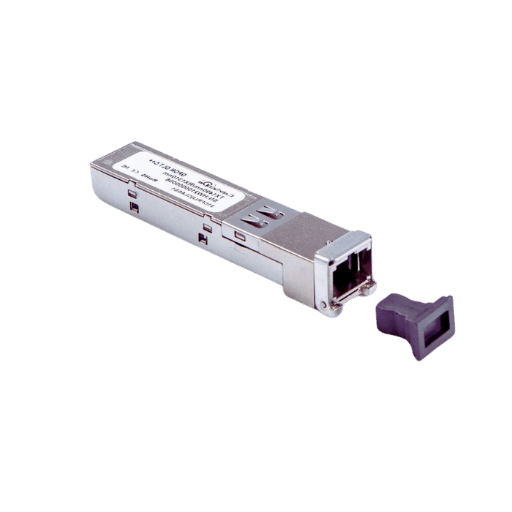
Gigabit Passive Optical Network (GPON) is a fiber-optic telecommunications standard that utilizes passive optical networking to achieve high-speed data transfer rates. It works best over long distances where large amounts of information need to be sent without active electrical components between the central office and destination points. GPON can be used for many things, such as providing reliable broadband internet access, providing IPTV service, providing voice over IP (VoIP), and networking enterprises. This means that 2.5 Gbps downstream bandwidths and 1.25 Gbps upstream bandwidths provide fast connection speeds of up to 1 gigabit per second (Gbps), which is suitable for homes or businesses.
Modern optical networks are powered by GPON, which is a scalable and cost-effective way to transmit data at high speeds. The growth of bandwidth-intensive applications like HD video streaming and cloud-based services, among others, has made this technology more adopted than ever before. What sets GPON apart from other technologies is its efficiency in providing higher downstream and upstream data rates necessary for quality connection reliability.
In terms of these technical parameters, it becomes clear that GPON can meet various requirements set within today’s communication systems because it ensures them to be effective, dependable plus fast enough across different applications.
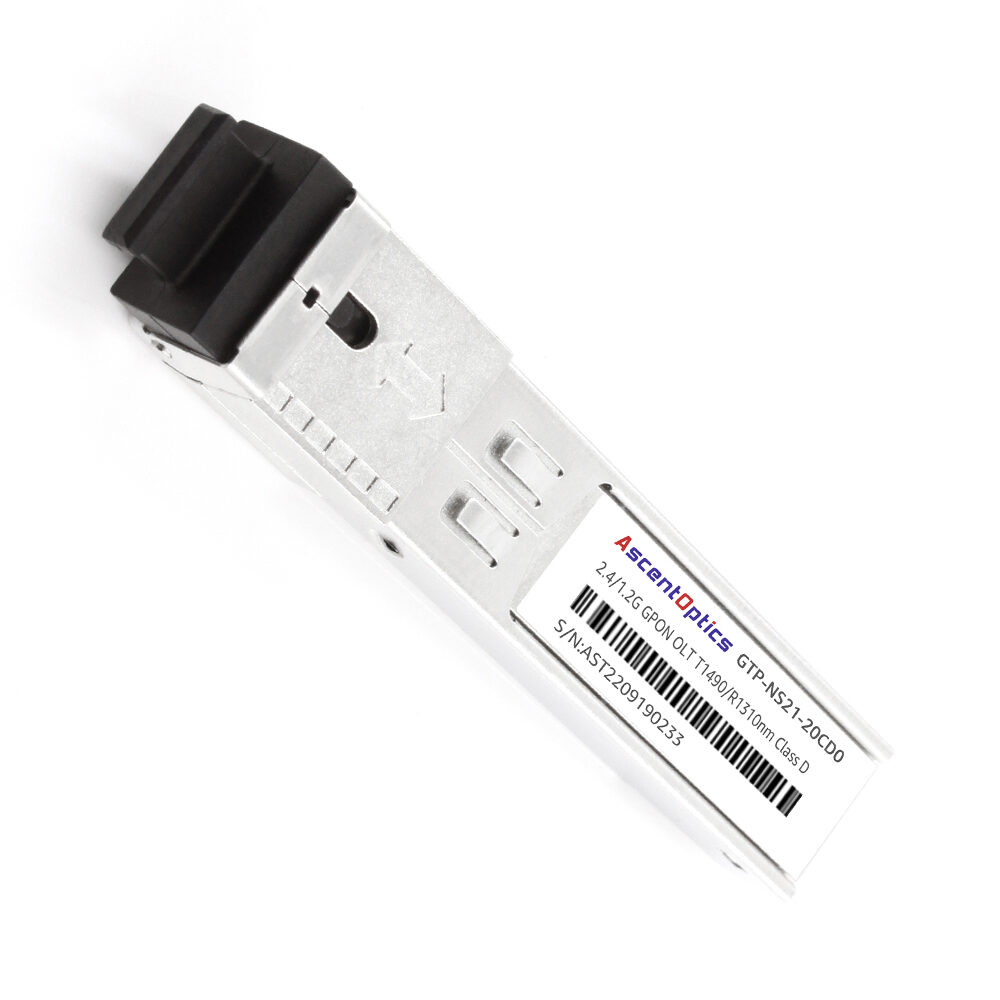
The GPON OLT is the heart of a GPON (Gigabit Passive Optical Network) system, which sits between the service provider and end users to control communication. Among its duties are traffic multiplexing, bandwidth allocation, and network management. Changing electric signals into optical ones allows for fast data transmission over large distances where, which can be more reliable. It has several fibre ports that connect with ONTs (Optical Network Terminals) at customer premises in order to provide uninterrupted data transfer.
Additional attributes found on some models might consist of QoS (Quality of Service) control, security features, or remote monitoring capabilities, which are essential to any up-to-date high-speed network setup.
Several crucial steps must be taken when setting up and configuring a GPON OLT to ensure that the network runs at its best. First, the physical installation of the OLT in a secure rack within the data center or network operations center is critical. After connecting it with power and plugging in all necessary optical fiber cables into their respective ports;
Next is logging into OLT’s management interface, which can usually be done via web browser or command-line interface (CLI), here you will configure basic settings such as IP address, subnet mask and gateway so as to achieve network connectivity; then move on to configuring uplink ports where VLAN settings along with traffic policies governing data transmission within the network are specified.
Afterward, create profiles that define service types, e.g., voice/data/video, etc., to be delivered from ONTs connected, thus establishing communication with them. Dynamic Bandwidth Allocation (DBA) parameters should also be set for efficient bandwidth distribution based on user demand.
To prioritize critical data traffic—even at peak usage periods—implement Quality of Service (QoS) policies that always give high-priority services optimal performance. Also, it enables security features like encryption/authentication protocols against unauthorized access/data breaches.
Finally, the system must be comprehensively tested to verify the correct application of all configurations and the expected functioning of the network. Use remote monitoring tools for ongoing maintenance & troubleshooting in order to deal with any arising issues while ensuring robustness/reliability of GPON network infrastructure.
Through these steps, an administrator can effectively set up/configure a GPON OLT thereby enabling fast reliable internet connection for end users.
To assure the reliability and speed of the network, good management and fast repair of a GPON OLT are very important. Here are some key guidelines:
(1)Frequent Software Updates: Make sure you often upgrade the firmware and software on your GPON OLT. This will help reduce vulnerabilities while enhancing network performance through new features and bug fixes.
(2)Regular Monitoring: Use NMS for continuous monitoring of different performance parameters including latency, signal strength among others within an optical line terminal (OLT). This helps to discover problems early enough.
(3)ONUs/ONTs Status Check: Regularly check all connected ONTs or ONUs status looking out for signs such as weak signals or dropping connections which may necessitate physical examination of fiber connections.
(4)Monitoring Alarms and Logs: Always keep track of alarm logs as well as system logs since alarms can give indication about fiber cuts, power failures or hardware faults so that appropriate action can be taken in time.
(5)Testing Optical Signals: Test optical signals regularly by ensuring that light levels fall within acceptable limits, including checking aspects like attenuation and reflection, among others.
(6)Backup Configurations: Keep current backups of configuration files related to OLT. This will enable quick service recovery in case of failure.
(7)Physical Inspection: Take regular look at cables, connectors and other parts making up an OLT for any physical damages because they may lead to poor performance due to dust or moisture accumulation.
(8)Professional Training: Ensure that technical personnel have undergone necessary training based on current operational procedures together with troubleshooting skills designed specifically for GPON systems.
These maintenance tips, along with troubleshooting techniques, help network administrators effectively handle GPON OLTs so that reliable service can reach end users consistently.
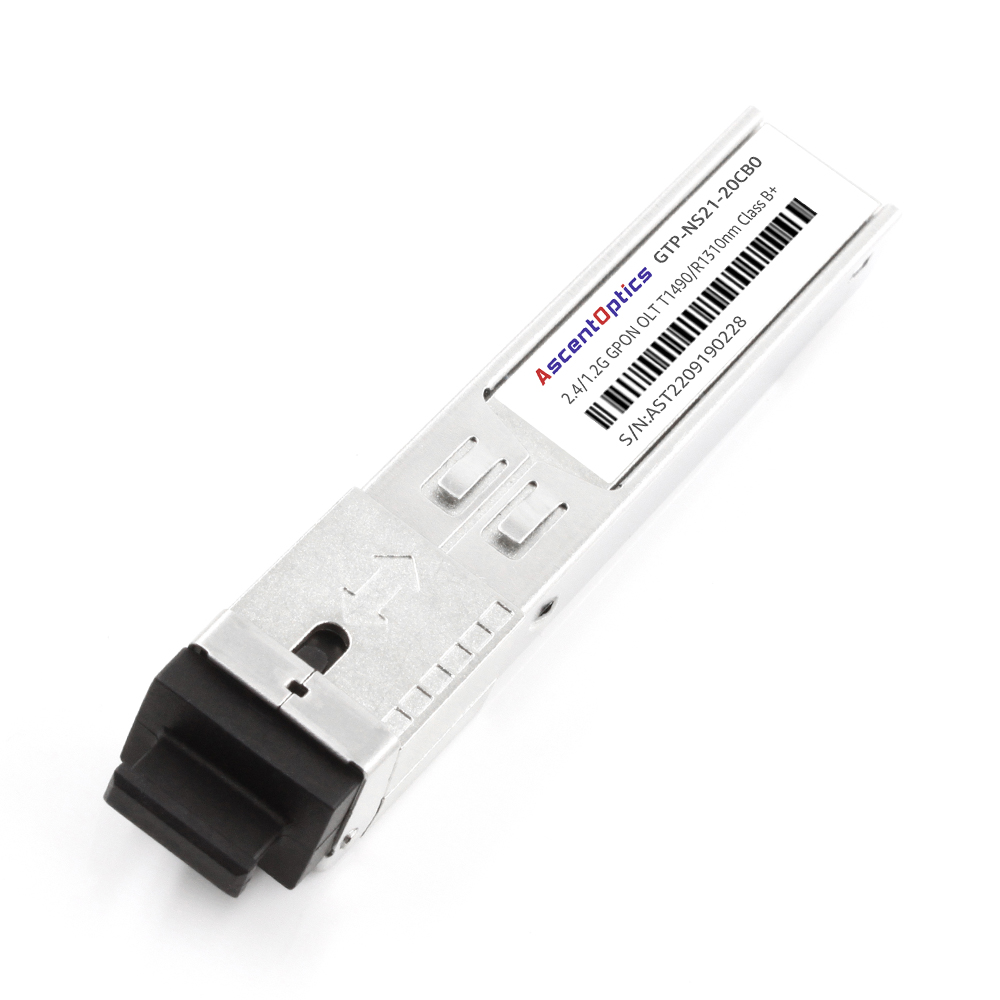
To interface a GPON ONT with SFP modules, you need to exploit the plug-and-play nature of the small form factor pluggables for them to easily fit into larger network structures. These gadgets act as the go-between linking fiber optics and networking hardware in such a way that they convert optical signals into electric ones at one end while converting electric signals into optical ones on the other end. It is through this conversion that communication between GPON ONTs and OLTs, as well as other devices within a given network, becomes possible.
Whenever an administrator installs an SFP module onto an ONT, what he/she does basically involves slotting it in and then connecting fiber optic cables, hence making his/her system flexible enough to allow for scalability besides simplifying maintenance through easy upgrades/replacements. However, the performance and reliability of GPON systems can only be enhanced by ensuring that these networks are compatible with each other during the installation.
Several key considerations need to be made for ONT and SFP modules to be compatible. The first step is ensuring that the specifications of the SFP module are in line with what is required by the ONT. This includes but is not limited to the wavelength, data rate, and connector type. Secondly, network administrators can consult manufacturer compatibility lists or databases which offer detailed information on supported combinations between different types of ONTs and SFP modules.
Moreover, firmware and software versions used in an optical network terminal must be up-to-date so they can support the required functions of small form-factor pluggable transceivers. Additionally, real-world operation testing should be performed during this process so that any potential problems can be identified before deployment takes place. It is through abiding by these rules that easy integration and operation within GPON networks will be achieved.
The implementation of some best practices is what it takes to optimize performance in GPON networks. Among them are proper planning and design of the network, which takes into account factors such as subscriber distribution, network topology, and bandwidth requirements. The use of high-quality optical components like connectors and splitters helps minimize signal loss while improving transmission quality. It is important to monitor the network on a regular basis so as to detect any problems early enough for quick fixing and thus prevent possible disruptions.
Also, advanced features should be utilized, such as Dynamic Bandwidth Allocation (DBA), which ensures that bandwidth is shared evenly among users, thereby improving the overall performance of the system. Finally, upgrading firmware and software versions can bring about additional functionalities and stability, thereby contributing more towards optimizing these types of networks.
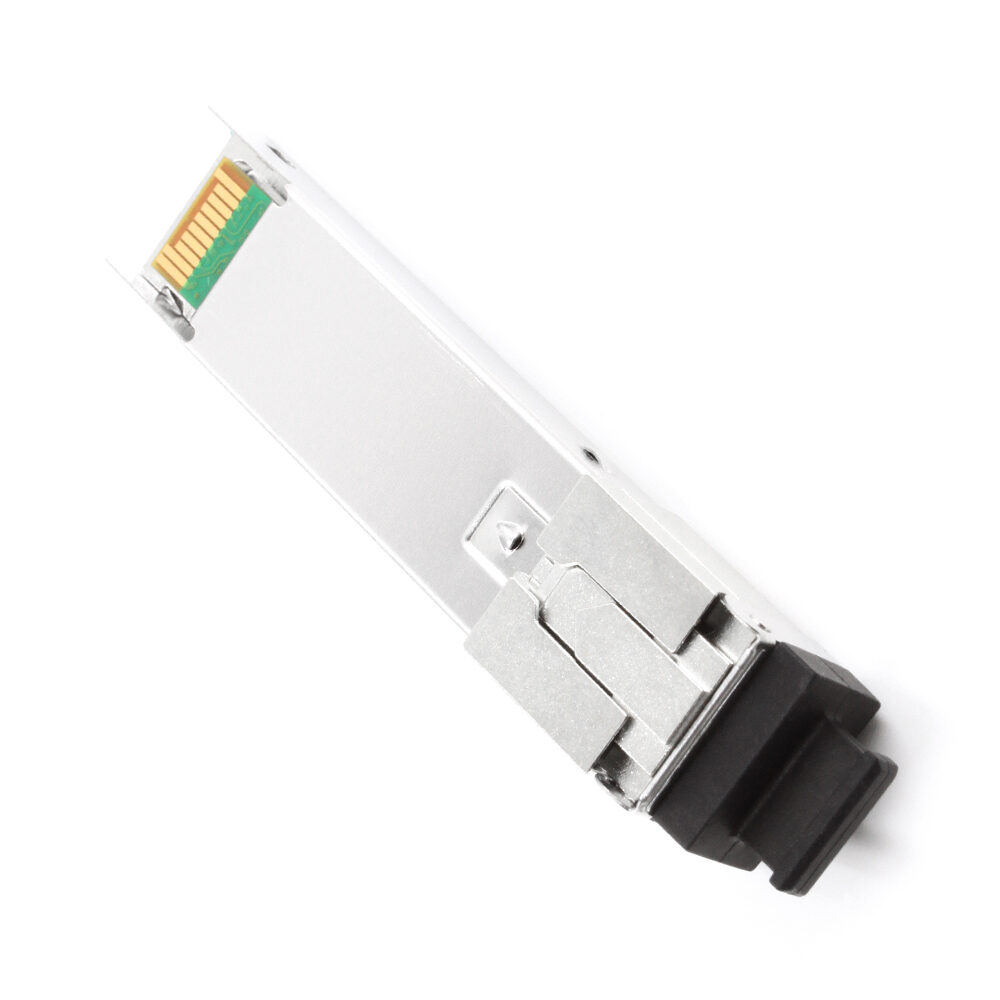
Small Form-factor Pluggable (SFP) modules in GPON have a number of speed and efficiency benefits that are needed for today’s telecommunication networks.
First and foremost, this technology supports high data rates, which can be as fast as 2.5 Gb/s downstream and 1.25 Gb/s upstream, thereby giving it a big bandwidth capacity for many applications. This is what enables it to transmit data quickly and effectively so that it meets the needs of high-speed internet connections and HD video streaming services, among others, with a huge appetite for bandwidths.
Additionally, these modules allow for an easy integration into existing fibers with scalability, which cuts down on extensive network upgrades while still maximizing them where necessary.
Last but not least, important designed to consume less power while offering higher reliability, thus reducing operational costs as well as stabilizing performance levels, making them critical in optimizing network efficiency together with speed.
To be cost-effective, GPON SFP solutions are able to use existing fiber network infrastructure, thus avoiding the need to widely deploy new systems. This recycling of current structures reduces initial capital outlay by a huge margin. Moreover, these modules can grow with networks without major upgrades, thus cutting down on what needs to be invested over time.
Additionally, because they consume less power and are more reliable, such characteristics contribute towards lowering operational expenses such as energy bills or frequency of maintenance checks. Consequently, this means that businesses can improve their performance levels while keeping them within affordable limits as far as money is concerned.
The future of the GPON SFP (Gigabit Passive Optical Network Small Form-factor Pluggable) technology is indeed very bright. This is mainly because there are ongoing improvements coupled with increased demand for faster and more efficient networking solutions. The current trends are centered on expanding bandwidth capacities as well as accelerating data transmission rates to cater to the needs of high-bandwidth applications such as cloud computing and 4K/8K video streaming, among others.
GPON SFP modules are projected to have technological advancements that will involve the integration of next-generation PON technologies like NG-PON2 (Next-Generation Passive Optical Network 2). NG-PON2 supports higher data rates alongside wavelength division multiplexing (WDM). These improvements will make it more scalable and flexible than ever before thereby enabling service providers to upgrade their networks seamlessly with minimum disruption or capital expenditure.
In addition, power efficiency and thermal management are some areas where innovations are expected since they help in reducing operation costs while enhancing reliability over long durations. Another critical development area is artificial intelligence and machine learning integration for predictive maintenance plus network optimization aimed at achieving maximum performance of the network with minimal downtimes.
In conclusion, what lies ahead for GPON SFP technology is its capacity to continuously innovate while embracing these new emerging technologies which will drive better performance levels, scalability options and cost-effectiveness hence ensuring strong network infrastructures that can withstand future challenges.
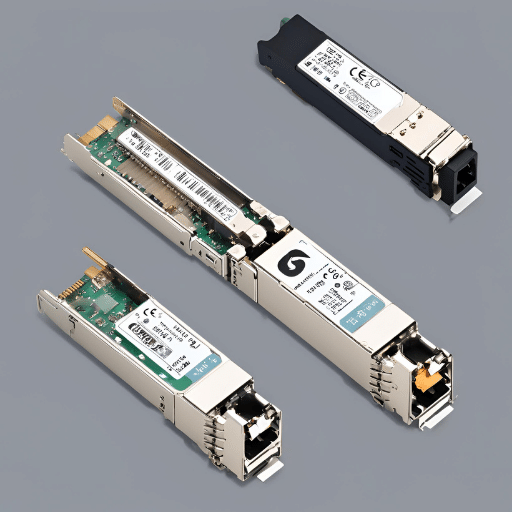
(1)Visual Check: Start by thoroughly visually inspecting the SFP module. Look out for any damages, stains, or dirt on the connectors and ensure that they are not blocked.
(2)Check Compatibility: Confirm that the SFP module is compatible with both the device it is being connected to and the fiber optic cable in use. Failure to do this may result in poor communication or performance.
(3)Confirm Power Levels: Using an optical power meter, check the input and output power levels of the SFP module. Make sure that they fall within the limits prescribed by the manufacturer. Abnormally high or low power levels may indicate a problem with either transmitter or receiver.
(4)Update Firmware: Ascertain whether there are any firmware updates available for your particular brand of SFP modules; if yes then install them. Outdated firmware can cause among other things connectivity issues as well as suboptimal performance.
(5)Loopback Testing: Conduct loopback tests on suspected faulty parts of your SFPs; this involves connecting transmit port with receive port so that data can be sent and received back again through same link.
(6)Temperature Monitoring: Continuously monitor temperatures at which various components of your system, including those used by GPON networks as our subject unit here, must operate within specification; otherwise, we risk overheating, leading to reduced degradation failure rate over time.
(7)Clean Connectors: Clean all connection points between fiber cables themselves alongside their respective interfaces located inside each end (TX & RX), where light signals are expected to pass through during the transmission stage under normal working conditions
In GPON networks, it is necessary to have a multi-faceted approach that should focus on proactive monitoring and reactive troubleshooting in order to maintain network stability and performance.
These measures help keep GPON systems intact thus making them reliable for consistent top-notch service delivery.

A: The Gigabit Passive Optical Network Small Form-factor Pluggable (GPON SFP) module is an optical transceiver module used in passive optical networks for converting electrical signals to optical signals and vice versa. In a GPON network, these modules are usually deployed at customer premises equipment where they need compatibility with brands such as Ubiquiti and Cisco.
A: By transmitting gigabits over one single-mode fiber (SMF), this device offers both upstream and downstream data transmission capabilities that link ONUs (Optical Network Units) with OLTs (Optical Line Terminals). It can be employed across various network scenarios ranging from residential to commercial, thus becoming a cost-effective, flexible option for internet service providers.
A: These modules find wide application in Fiber to the Home (FTTH) or Fiber to the X (FTTX) deployments enabling end user connection with GPON infrastructure which provides high-speed Ethernet and Internet services for households. They also serve as wireless backhaul supporting communication between wireless network elements and central office.
A: Some salient features include Multi-Source Agreement (MSA) compliance, low power consumption, Class B optics, and a 20km reach on single-mode fiber, among others. Additionally, they can monitor performance in real-time through DDM (Digital Diagnostic Monitoring) and are compatible with switches or routers from vendors like FS.com or Cisco.
A: The GPON SFP module utilizes an Ethernet port to interconnect with end-user devices such as ONUs. The ONU subsequently connects customer equipment like a wireless gateway, which acts as an interface for the Internet, among other services. This design ensures smooth delivery of gigabit Ethernet service to the customer’s premises.
A: Unlike EPON or other older passive optical networks, GPON provides more bandwidth and efficiency. It is able to do this by using different wavelengths for upstream and downstream traffic that can support faster data transmission rates while being easier for service providers who want to offer high-speed internet access and related services on a larger scale.
A: Yes, GPON SFP modules work well within established networks thus making it affordable for businesses to upgrade their systems so as to provide gigabit speed services. They are designed in such a way that they adhere to prior art without necessitating any substantial changes on the switch or router where they will be installed; hence, they become flexible enough when choosing them as your preferred option in delivering high-speed internet together with other similar services.
A: Using GPON SFP modules offers some benefits, including higher bandwidths, lower power consumption, and extended reach up to 20km. These devices’ scalability and versatility make them easy to deploy quickly into various network environments, from densely populated urban areas to remote rural regions. Additionally, their compliance with industry standards ensures compatibility across a wide range of networking equipment models, thereby allowing operators to maximize coverage extension capabilities cost-effectively.
A: Several brands offer compatible GPON SFP Modules, one example being Cisco Systems Incorporated, commonly known as Cisco. Others include Ubiquiti Networks Inc. and FS.com, among many more reputable companies producing such products necessary for building fiber optic networks worldwide. Network service providers often choose these modules because they want reliable connectivity solutions while always guaranteeing quality performance.